
The only photo thought to exist of Evelyn Mayer Blake and Donald Blake.
On 2nd June 1937, a Plymouth coupe with Ohio plates rolled up to the Lupton Port of Entry, the Arizona border checkpoint made famous in the film of The Grapes of Wrath. Inside were a teenage boy and girl. An inspector noticed that there were gun shells in the car and asked the pair to step out and hand over the gun to which the ammunition belonged. They did so – but then they each produced a pistol with which they threatened the checkpoint staff. Gordon Bartell and his wife, an elderly couple on holiday from Chicago, had the misfortune to be at the inspection station at the same time and soon found they would be continuing their trip to Los Angeles by bus when the teenagers stole their car.

The State Inspection point as the Blakes would have seen it.
When the car was searched, a marriage licence was found and the couple were named as Donald Blake, 16, and Evelyn Mayer, 15, both from Painesville, Ohio. Donald was a slender, cleancut youth who wore glasses, while his new bride was a sullen girl carrying several pounds of puppy fat. For the next two days, the search was concentrated on Arizona where it believed the honeymooners – they had been married in Greeley, Colorado, a few days before – were hiding out on reservation land. However, on 5th June they were caught in Valentine, Nebraska, after holding up a filling station attendant at gunpoint and stealing $80.96. They were still driving the Bartells’ vehicle when it slid off the road into a ditch. Theodore Witt, a passing trucker, went to their help but became suspicious of the pair and called the police instead. While they were being arrested, Evelyn shot at one of the police officers, grazing his hand.

The Cherry County Courthouse where the Blakes pled guilty in front of Judge EL Meyer. This is how it would have looked to the honeymooners; three years later it was remodelled and the tower removed.
Once in custody, the police found that they had four pistols, while Blake was carrying a rabbit’s foot and a billfold containing Evelyn’s picture, on the back of which was written ‘Evelyn Mayer, the girl I love’. Rather hopefully, Donald said; “I’m sorry this happened. I hope they won’t be too tough on us.” But the story had made headlines across the country and it was a misplaced hope.
As the pair confessed to filling station robberies in Arizona, Colorado and Nebraska and New Mexico, their families were shocked. “Evelyn is a good girl, she’s a church member, too,” said her mother. “I never dreamed that she would have done such a thing.” As Evelyn had stolen $100 from her mother and taken her father’s car as they left Ohio, one might have thought Mrs Mayer would have an inkling that Evelyn wasn’t quite the perfect daughter…
Their capture and subsequent confessions came as a relief to more than just law enforcement officers. In Bernalillo, New Mexico, one Herbert Campbell had been lanquishing in the county jail, protesting his innocence on a charge of robbing the Phillips gas station at 4th and Marquette in Albuquerque (he’d been arrested when visiting a friend in jail). It wasn’t until the District Attorney received a telegram from the Sheriff in Valentine that identified Donald Blake as the real perpetrator of the crime that Campbell was released. His friend, Walter Duerr, was however the real deal and pled guilty to armed robbery.

The Nebraska State Reformatory for Women in York would be Evelyn’s home for four years.
Five days after their capture, Donald and Evelyn were both sentenced to seven years in the reformatory. It was Evelyn’s 16th birthday. They both applied for parole in 1940 with each family blaming the other. Evelyn, by now 18, told the parole board that Donald was going to run away and she wouldn’t let him go without her. She also blamed that pulp novels and movies about the West were partly responsible for her running away, a tactic also used by Donald at his parole hearing where he said, “At the time I read a lot of trash books, detective stuff. When we ran out of money we had a couple of guns and started to get it the easy way.” Although no mention was ever made in reports of Bonnie Parker and Clyde Barrow who had been shot to death just three years before the couple’s wild honeymoon, it seems quite likely that the pair may have taken them as inspiration.

The Nebraska Men’s Reformatory where Donald Blake spent six years.
At the parole hearing, Donald’s father put the blame squarely on Evelyn, saying that Donald had been doing fine in school until Evelyn, his first girlfriend, had come along, which was conveniently overlooking the fact that Donald had broken into several cars in the months before he went on his mad flight with his bride to be.
Both Donald and Evelyn had their sentences reduced to five and a half years which, with time removed for good behaviour, would see them released in early 1941. That wasn’t soon enough for young Donald. On 10th August 1940 he escaped from the Nebraska Men’s Reformatory, stealing a truck and a .22 calibre revolver. He used the gun to force Ronald Anderson to drive him

Briefly escaping in 1940, Blake carjacked Ronald Anderson and had him drive him to the Hill Hotel in Omaha.
to Omaha and then robbed him of $8.60. However, police later spotted Blake and, thinking he was acting suspiciously, arrested him. As he was taken into custody, a police broadcast came over the radio about the reformatory escape and he was identified. He had been free for just a few hours, but that escape and the armed robbery of Ronald Anderson would add another ten years to his sentence.
Evelyn seemed to have quietly made her parole in 1941 as her husband prepared to serve another decade behind bars. However, it was less than three years later that Blake walked out of the prison – this time legally – and immediately registered for the military, giving his current employer as the Gooch Milling Company in Lincoln, Nebraska. A few months later he enlisted at Fort Benjamin Harrison in Indiana, by which time he and Evelyn were divorced.

The Gooch Mill in Lincoln, Nebraska, which Blake gave as his workplace on leaving the reformatory
Little is known of Donald and Evelyn in later life. By the time that Evelyn died in 1997, she had also been known as Evelyn Otte and Evelyn Kramer. After his military service, Donald returned to his home town of Painesville where he lived for the rest of his life, marrying twice, both times to women more than ten years older than he and both of whom he outlived, dying in 2009. His wild honeymoon must have been a very distant memory by then.

Northern Arizona may have greeted the renegade honeymooners but it would soon regret that.
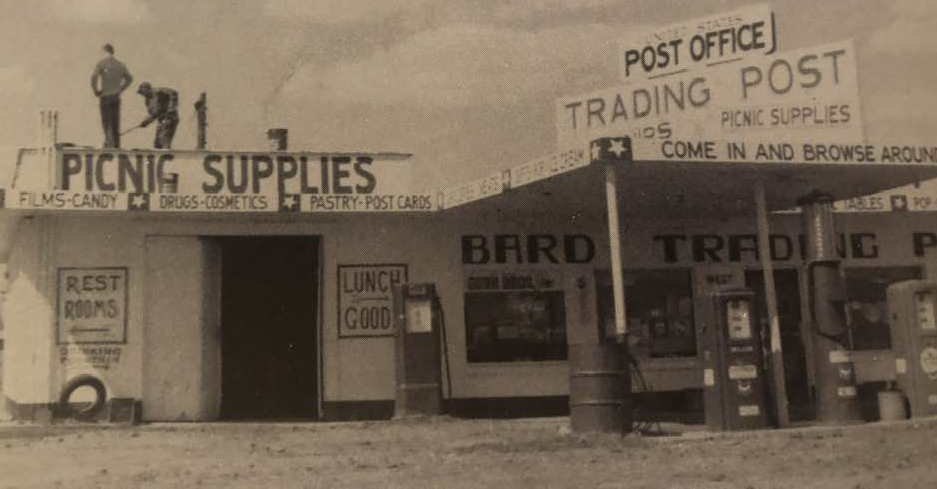

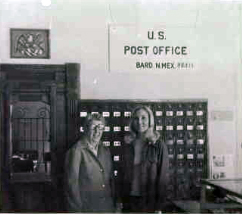
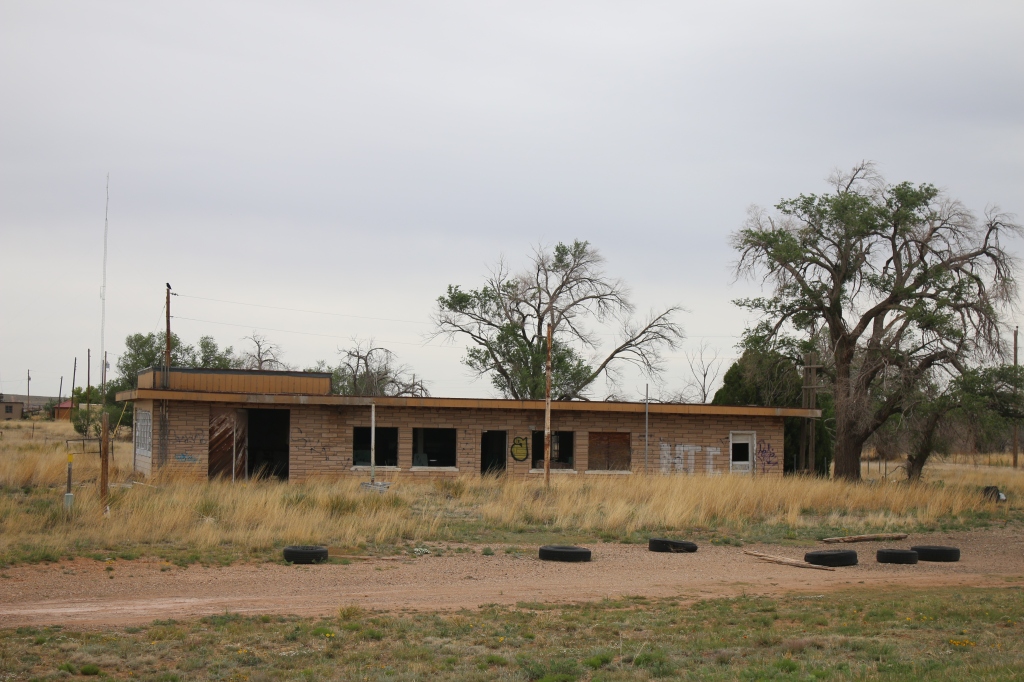

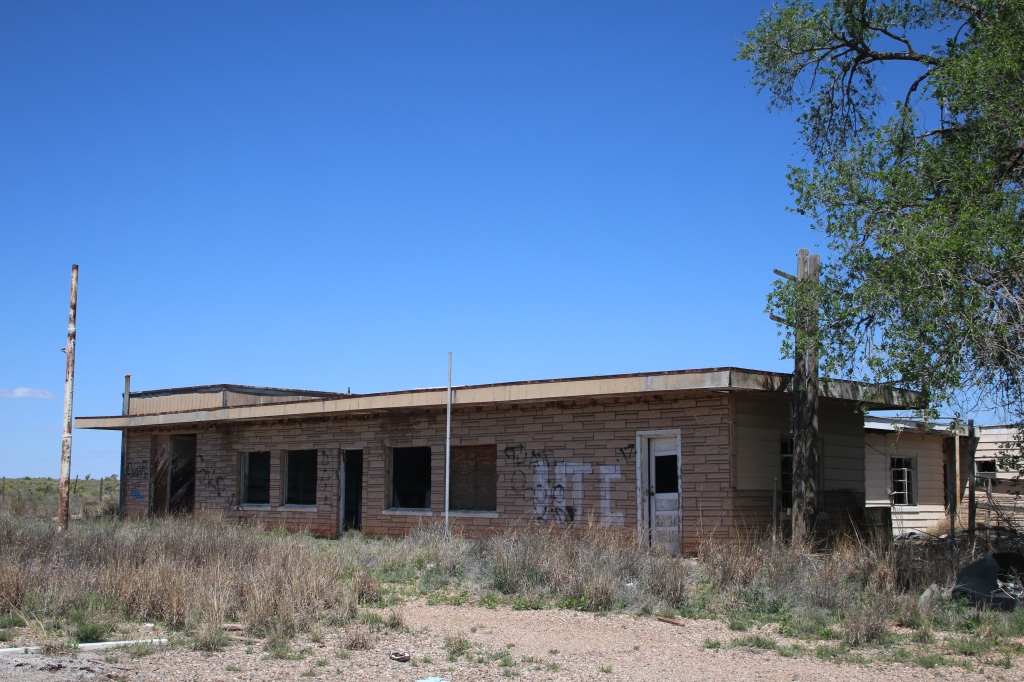

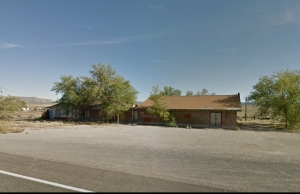

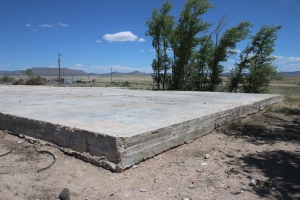







































 It was the work of Seattle advertising man, Boyce Luther Gulley, who, in 1929, was diagnosed with tuberculosis. The best hope of a cure then relied upon being in a warm, dry climate, so he moved to Arizona. The only problem was, he didn’t tell his wife, Frances, or his 5-year-old daughter, Mary Lou, where he was going. He simply said he wanted to pursue a life as an artist and drove off in his new Stutz Bearcat. They would never see him again.
It was the work of Seattle advertising man, Boyce Luther Gulley, who, in 1929, was diagnosed with tuberculosis. The best hope of a cure then relied upon being in a warm, dry climate, so he moved to Arizona. The only problem was, he didn’t tell his wife, Frances, or his 5-year-old daughter, Mary Lou, where he was going. He simply said he wanted to pursue a life as an artist and drove off in his new Stutz Bearcat. They would never see him again. It’s thought that Gulley did indeed believe that he had just six months to live and didn’t want to put his family though any suffering (although simply deserting them doesn’t seem to be much of an alternative). Six months passed and then another and he hadn’t died. So it was then that he started upon his life’s work; staking a claim on land close to the South Mountains, he began building what would become an incredible, meandering house with 18 rooms, 13 fireplaces, a chapel and a dungeon. It was built of all types of recycled material – adobe, stone, railroad tracks, telegraph poles, even parts of the Stutz Bearcat when it ceased to be of use – held together with cement, mortar, calcum and goat milk. Gulley, who had had basic architectural training, bartered for materials and also laboured and sold shoes when he needed cash.
It’s thought that Gulley did indeed believe that he had just six months to live and didn’t want to put his family though any suffering (although simply deserting them doesn’t seem to be much of an alternative). Six months passed and then another and he hadn’t died. So it was then that he started upon his life’s work; staking a claim on land close to the South Mountains, he began building what would become an incredible, meandering house with 18 rooms, 13 fireplaces, a chapel and a dungeon. It was built of all types of recycled material – adobe, stone, railroad tracks, telegraph poles, even parts of the Stutz Bearcat when it ceased to be of use – held together with cement, mortar, calcum and goat milk. Gulley, who had had basic architectural training, bartered for materials and also laboured and sold shoes when he needed cash.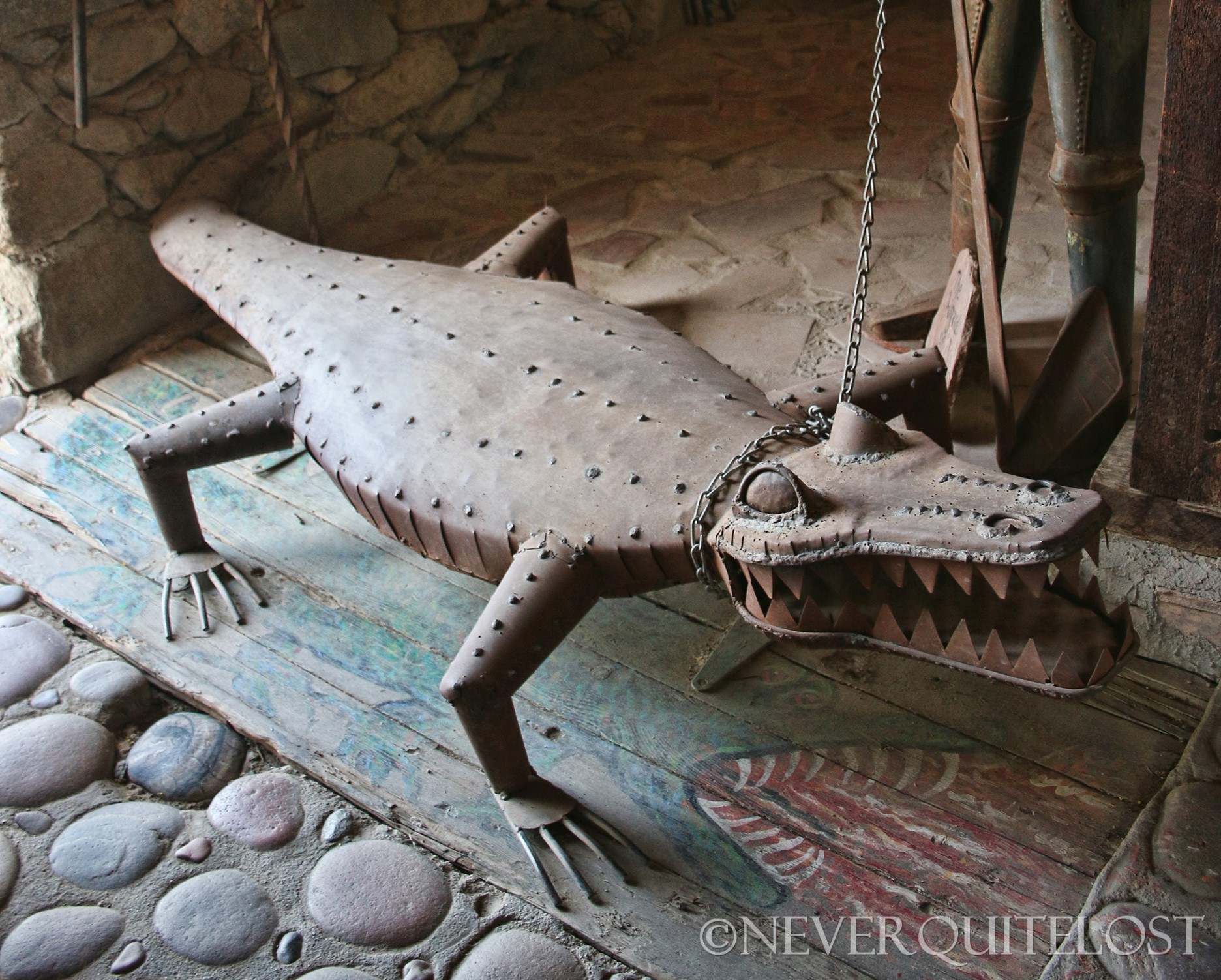 And for the next 16 years the house grew and grew. However, even with his tuberculosis cured, at no point did Gulley send for his family. Some stories say they believed he was dead, but it seems likely that he did send the occasional letter to Seattle in later years, although without saying exactly where he was (other family members, however, did visit the house, as did many of Gulley’s friends). Then, in 1945, Boyce Gulley died, not of TB but cancer. He left the house to his wife and daughter, along with a mysterious locked trap door and the stipulation that they had to live there for three years before it could be opened.
And for the next 16 years the house grew and grew. However, even with his tuberculosis cured, at no point did Gulley send for his family. Some stories say they believed he was dead, but it seems likely that he did send the occasional letter to Seattle in later years, although without saying exactly where he was (other family members, however, did visit the house, as did many of Gulley’s friends). Then, in 1945, Boyce Gulley died, not of TB but cancer. He left the house to his wife and daughter, along with a mysterious locked trap door and the stipulation that they had to live there for three years before it could be opened.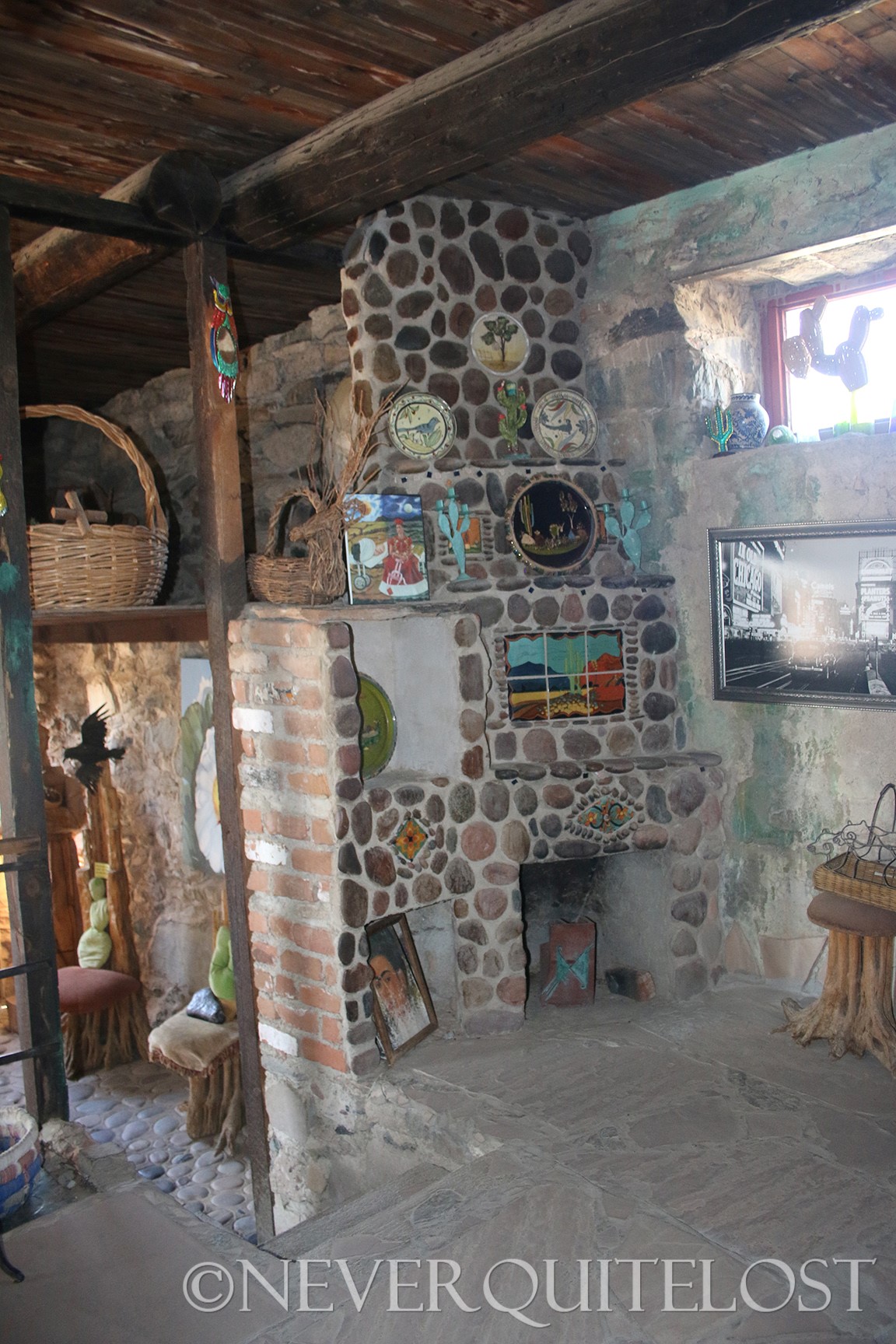 Life magazine covered the opening of the locked compartment, as well as dubbing the place Mystery Castle, although it contained just two $500 bills, some gold nuggets and a Valentine’s card Mary Lou had made for her father when she was a child. Mary Lou stayed on and in fact lived in the house until her death in 2010, although it had no plumbing or electricity until 1992. The accepted story is that this was a labour of love for her on her father’s part, to build her the castle she had always wanted as a little girl. However, I suspect much of this may have been embroidered by Mary Lou to excuse why her father had deserted her; Boyce Gulley seems to have been a selfish albeit talented man who, even after his death, continued to manipulate his family. Mystery Castle is an amazing place, but also a rather sad one; that Mary Lou continued to live in the building seems to be the act of a sad little girl clinging onto an idealised image of her father. I can’t help thinking that, rather than some fantasy building in the desert, she would have much preferred to have her father in her life.
Life magazine covered the opening of the locked compartment, as well as dubbing the place Mystery Castle, although it contained just two $500 bills, some gold nuggets and a Valentine’s card Mary Lou had made for her father when she was a child. Mary Lou stayed on and in fact lived in the house until her death in 2010, although it had no plumbing or electricity until 1992. The accepted story is that this was a labour of love for her on her father’s part, to build her the castle she had always wanted as a little girl. However, I suspect much of this may have been embroidered by Mary Lou to excuse why her father had deserted her; Boyce Gulley seems to have been a selfish albeit talented man who, even after his death, continued to manipulate his family. Mystery Castle is an amazing place, but also a rather sad one; that Mary Lou continued to live in the building seems to be the act of a sad little girl clinging onto an idealised image of her father. I can’t help thinking that, rather than some fantasy building in the desert, she would have much preferred to have her father in her life.


